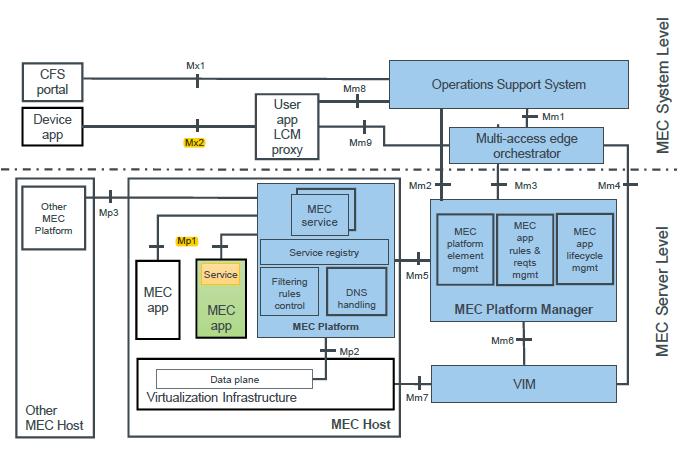MEC多接入边缘计算及关键技术
481 浏览 5 years, 8 months
5.3.1 Phase 1: MEC application packaging & on-boarding
版权声明: 转载请注明出处 http://www.codingsoho.com/MEC applications are packaged by application developers (or in some cases also by MEC operators), and typically set up as a VM or Container (e.g. qcow2/ vmdk images, Docker containers, etc.) with all the necessary dependencies according to a specific MEC platform’s requirements and configurations.
For security reasons application providers usually sign their application package before sending it to the OSS for set up purposes.

When the OSS receives requests for managing of applications (e.g. onboarding, instantiation or termination) it makes the decision on whether to grant these requests, or not. Granted requests are forwarded to the MEC Orchestrator (MEO) for further processing.
After receiving a request from the OSS, the MEO has the responsibility of onboarding MEC applications into MEC systems, including checking the integrity and authenticity of the signed packages, validating application rules and requirements and if necessary, adjusting them to comply with operator policies, keeping a record of on-boarded packages, and preparing the virtualization infrastructure manager(s) to handle the applications.
The MEO assigns an application package ID and provides the MEC Platform Manager (MEPM) with the location of the application image if it is not yet on-boarded in the MEC system.
The MEPM prepares the Virtualized Infrastructure Managers (VIMs), selected by the MEO for application instantiation, by providing the necessary infrastructure configuration information and sending the application images, which are then stored by the VIM.
Once on-boarded, the application package is in "Enabled, Not in use" state.